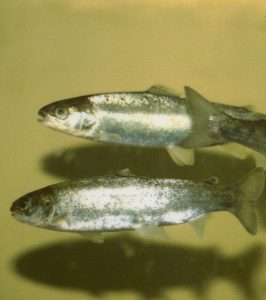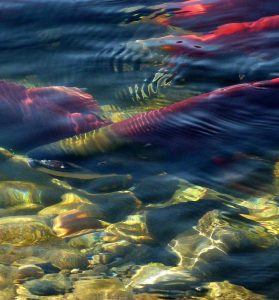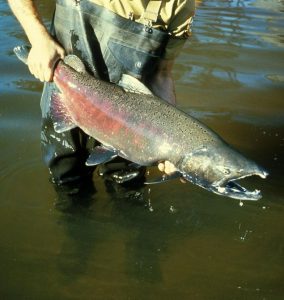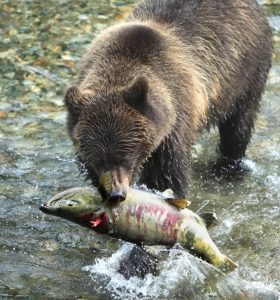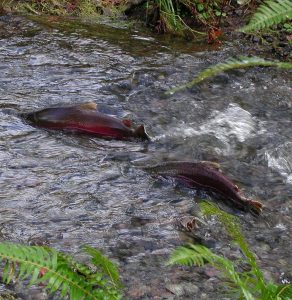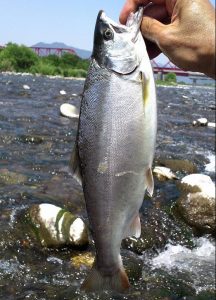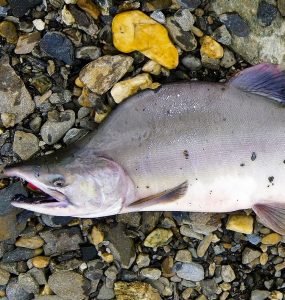The Latin name for Masu salmon is Oncorhynchus masou. Masu salmon, also known as cherry salmon or cherry hybrid salmon. It belongs to the salmon species family and is an anadromous fish, which means that this is a fish species that lives in salt water but reproduces in freshwater.
The Masou salmon live in the western Pacific Ocean. They also live in South Korean and Japanese waters. Masu salmon do not survive at too low temperatures and this means that they stay in the waters where the temperatures stay around the ideal levels.
It has been listed as a highly endangered species. Since the beginning of the 20th century, the population has only decreased over the years.
Masu salmon is the most beautiful of all species of Pacific salmon. The body is covered with beautiful patterns in red and dark brown.
Masulax’s food differs depending on the waters in which it lives. The fish that live in warm freshwater usually feed on small aquatic insects or baby plankton.
These fish are considered to be quite light and do not reach higher weights. A Masousalmon usually weighs about 5.4 kg and reaches a length of 55-66 cm. There are no exact figures on how many Masousalmons there are in the world.
However, there are exactly seven species of Pacific salmon in the world and among these, the majority of them are in North America. Chinook, coho, chum, sockeye and pink salmon are found in Asia. The species found in Asian regions are called Asian masu.
The Masu salmon is a migrating fish that spends half its life migrating. They do not stay longer than a couple of months in any region. The Masu salmon live alone or in a shoal. Usually, the fish that live in the sea are kept together in shoals. The Masu salmon that live in freshwater usually keep to themselves.
The lifespan of a Masu salmon varies depending on the region in which it lives. The fish that live in freshwater streams live longer than the salmon in the sea. The average age is between 5-7 years.
It takes 2-3 years for the Masu salmon to mature and spawn. The adult males return home to spawn. They choose a comfortable environment Laxmasu generally chooses a comfortable environment where the water flow is constant with gravel. This means that the water has high levels of infused oxygen. The spawning takes place between September and December. The female lays the eggs in a nest built of gravel. She lays about 1200 eggs at a time. Within 6-7 weeks, the eggs hatch and the newly hatched chicks are called alevin.
It takes between 1-2 years for the alevins to mature and develop their fins. During the maturation process, they are very vulnerable and exposed.
It is believed that their communication takes place through touch. There are studies that show that Masu salmon communicate by darkening the scales. The sense of smell is also used for certain communication. A young Masu salmon can swim at a speed of 2.1 km/h, adults can reach up to 12 km/h.
